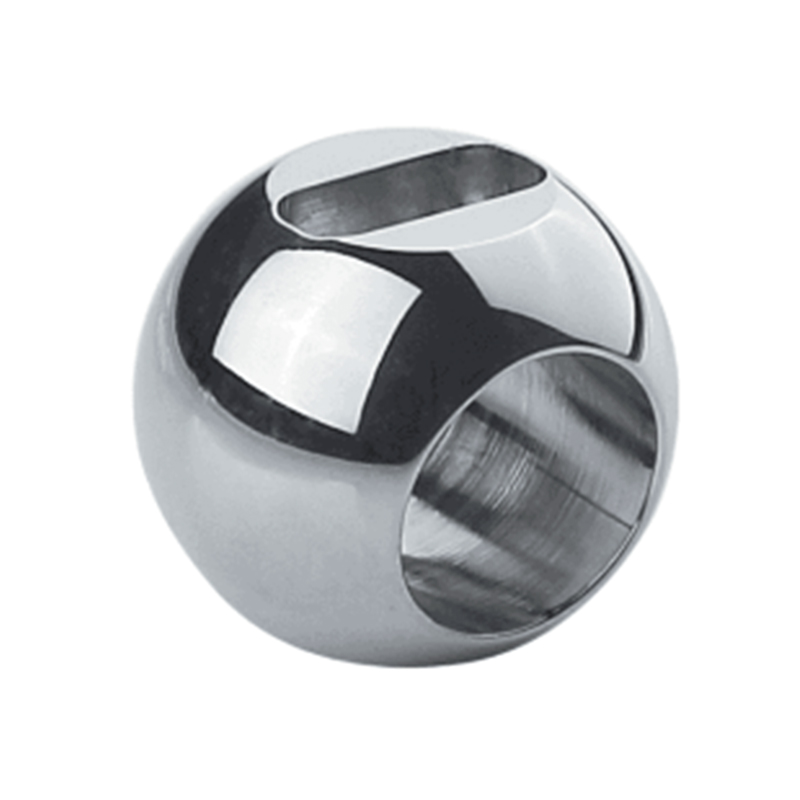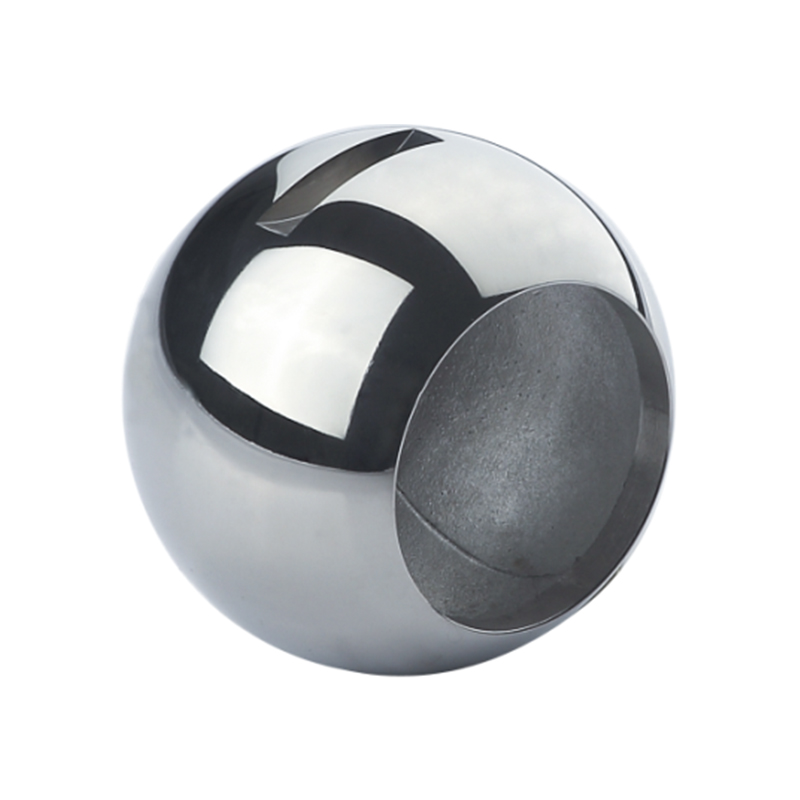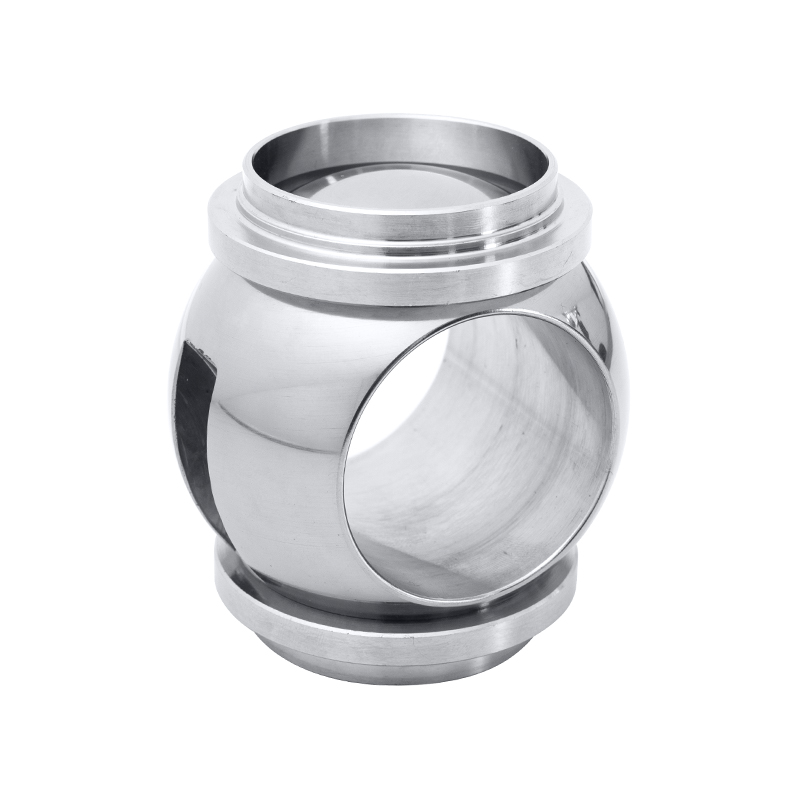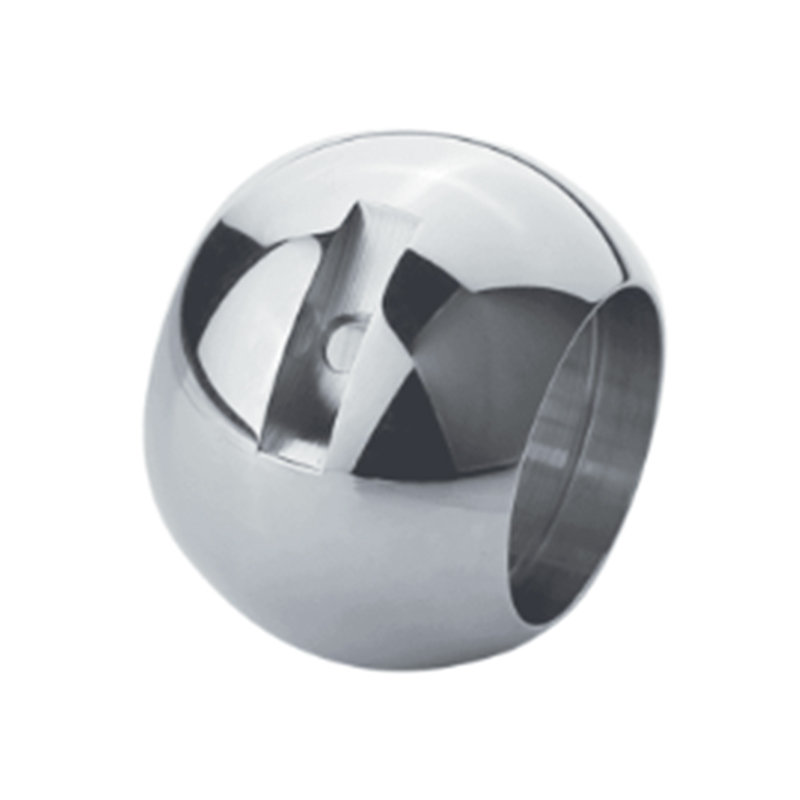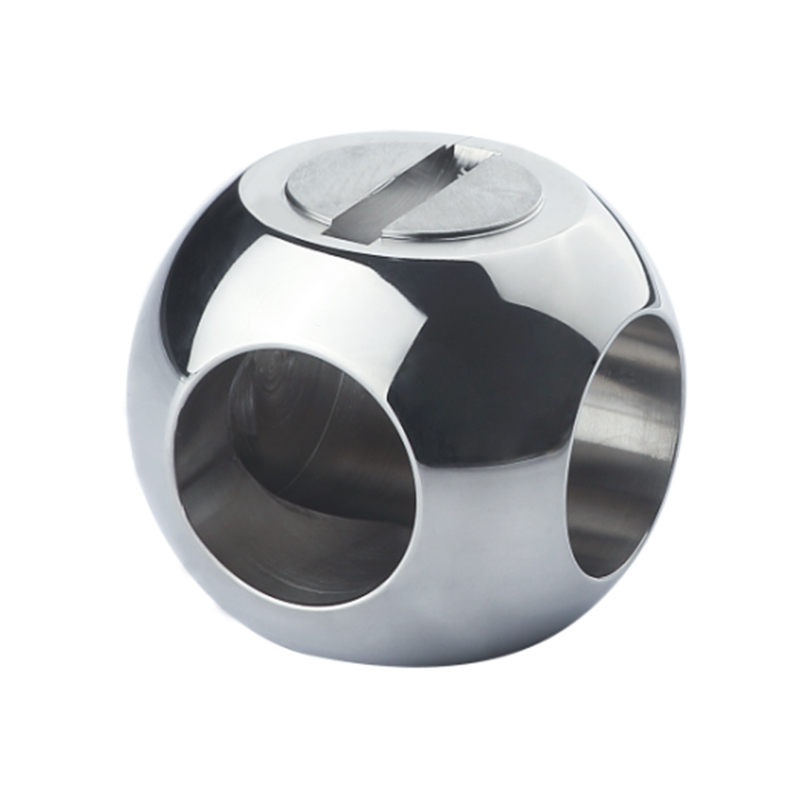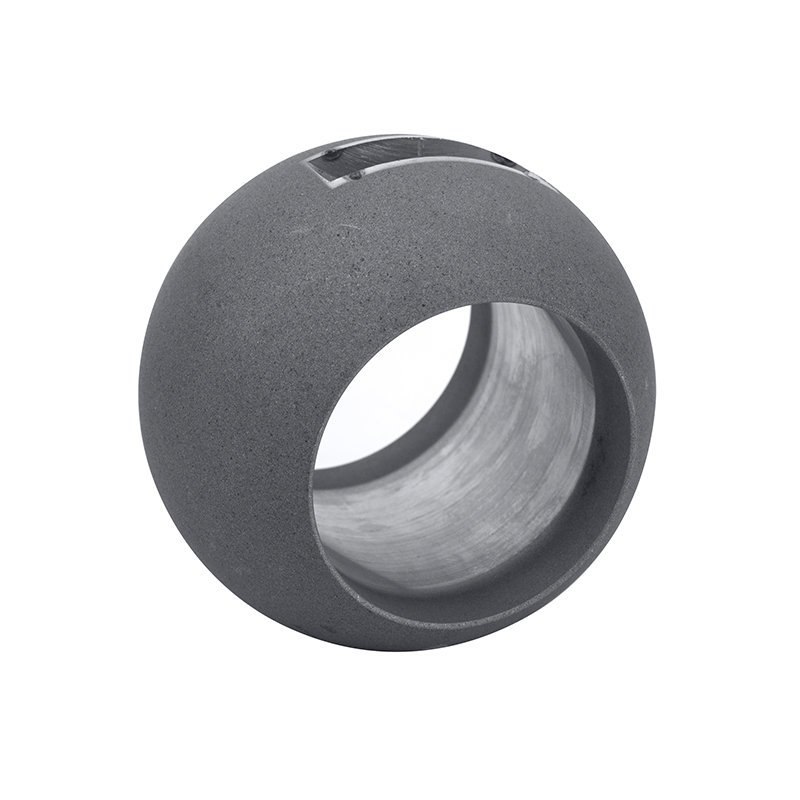Impact of Environmental Regulations on Valve Ball Materials
One of the primary ways environmental regulations affect valve ball design is through material selection. Traditional materials used in valve balls, such as standard stainless steel or brass, are being re-evaluated for their environmental footprint during production, use, and disposal. Regulations encourage manufacturers to adopt materials that reduce harmful emissions during their lifecycle and promote recyclability.
For instance, the Y ball valve, which is designed to control flow with a valve ball positioned at an angle, often requires materials that can withstand corrosive environments while causing less environmental harm. Manufacturers now consider alloys with lower toxicity and enhanced durability to extend valve life and reduce waste. The push for more sustainable materials also affects the surface treatments and coatings applied to valve balls to ensure resistance to wear and corrosion without using environmentally hazardous chemicals.
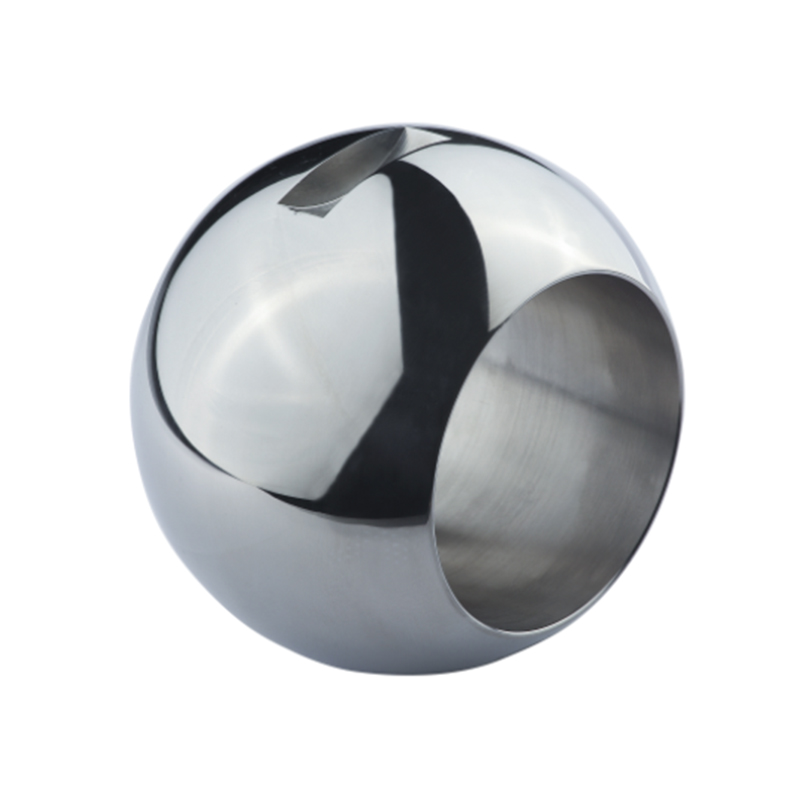
Design Modifications for Leak Prevention
Environmental regulations emphasize the need to prevent leaks of gases and fluids, especially hazardous or greenhouse gases. This has a direct influence on the design of valve balls in devices like the three way gas valve. These valves, which can direct gas flow through three different ports, must ensure tight sealing to prevent leaks that could advance to environmental contamination or pose safety risks.
Valve ball design now incorporates advanced sealing technologies, such as improved seats and packing materials that provide better sealing under various pressures and temperatures. The geometry of the valve ball itself is optimized to maintain a tight seal even after prolonged use, reducing the risk of fugitive emissions. These design improvements respond to regulatory requirements that set strict limits on allowable leak rates.
Enhancing Energy Efficiency
Environmental standards often include guidelines aimed at improving energy efficiency in industrial processes. Valve balls in Y ball valves and three way gas valves influence the overall energy consumption by affecting flow resistance and pressure drops in piping systems.
To comply with such regulations, valve ball designs are evolving to reduce turbulence and friction within the valve body. A smoother ball surface and streamlined flow paths help less energy losses, thereby improving the efficiency of fluid or gas transport. For example, in a three way gas valve, the design of the valve ball must ensure smooth switching between ports without causing significant pressure drops, helping industries lower energy consumption and associated emissions.
Adaptation to Renewable Energy and Green Technologies
As industries shift toward renewable energy sources and greener technologies, valve ball designs must adapt to new operating conditions. For instance, three way gas valves used in biogas systems or hydrogen distribution networks require materials and designs compatible with these gases, which often have different chemical properties compared to conventional fuels.
Environmental regulations encourage the development of valve balls that can operate reliably with these alternative gases, preventing leaks and ensuring safety. The Y ball valve also finds applications in renewable energy systems, where its design may need modifications to handle biofuels or other environmentally friendly fluids with unique characteristics.
Compliance Testing and Certification
Environmental regulations not only affect the design and materials of valve balls but also impose strict requirements on testing and certification. Manufacturers must demonstrate that valves like the Y ball valve and three way gas valve meet environmental safety standards, including resistance to corrosion, leak tightness, and emission limits.
This requirement advances to more rigorous quality control processes and the use of advanced testing methods. The valve ball design must accommodate these tests, ensuring that valves perform consistently under real-world conditions. Certification under environmental standards also increases market acceptance, as industries seek products that comply with evolving regulations.
Environmental regulations have become a powerful driver of innovation in valve ball design, affecting material choices, sealing technologies, energy efficiency, and compatibility with green energy sources. Both the Y ball valve and the three way gas valve are evolving to meet these demands, with designs focused on reducing environmental impact while maintaining performance and reliability.
These changes reflect a broader trend in industrial manufacturing toward sustainability and responsibility. Valve manufacturers that integrate environmental considerations into their design processes help industries meet regulatory requirements and contribute to global efforts to protect the environment. As regulations continue to evolve, valve ball designs will likely keep advancing to support safer, cleaner, and more efficient fluid and gas control systems.

 English
English Español
Español Deutsch
Deutsch
